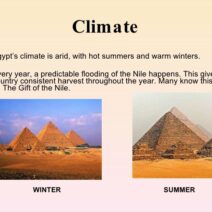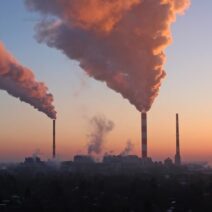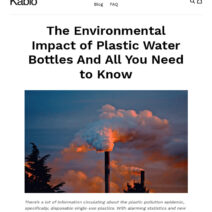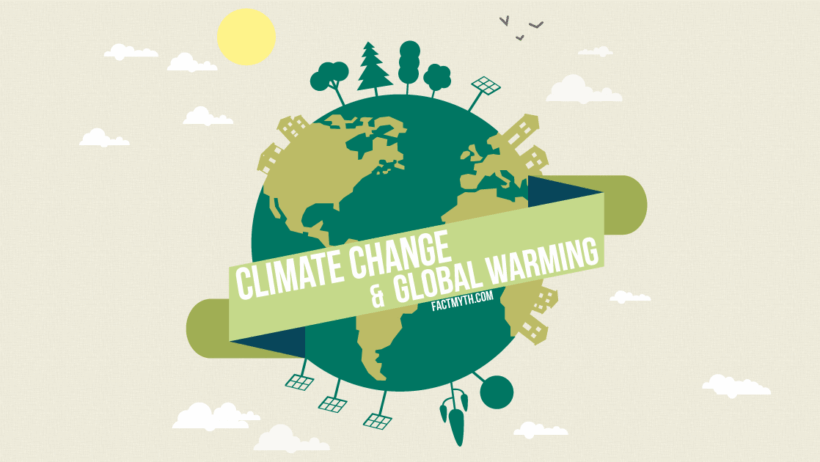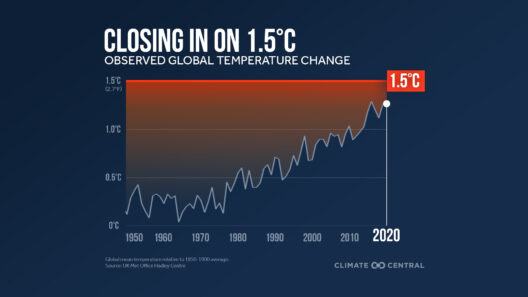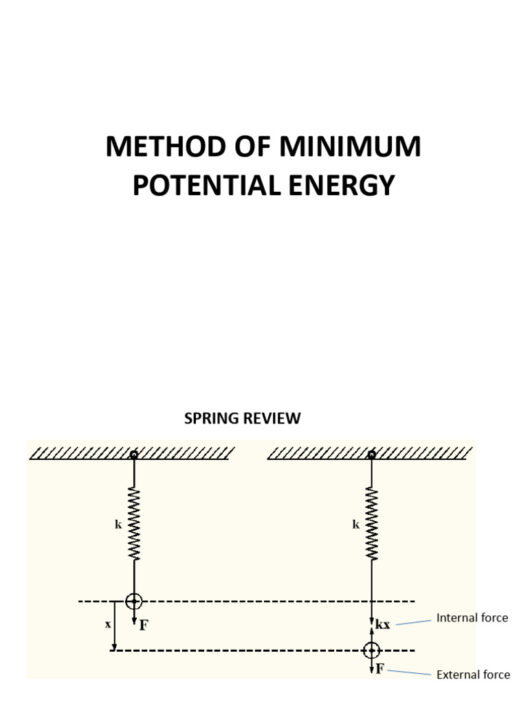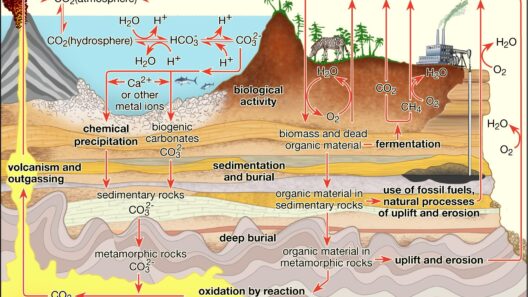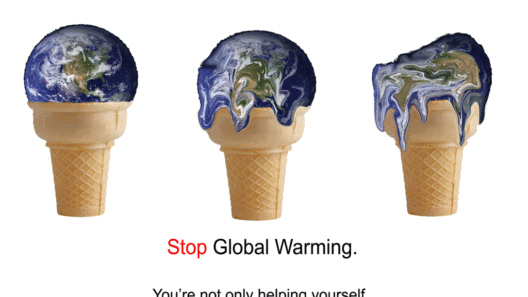In the grand narrative of our planet’s ecological history, the terms “climate change” and “global warming” often intermingle, leading to a conflated understanding of both concepts. Although they are frequently used interchangeably, distinguishing between them is imperative for grasping the subtleties of Earth’s multifaceted environmental discourse. Think of global warming as a chronic fever affecting the body of the Earth, while climate change represents the broader and more intricate suite of symptoms and transformations that arise as a result.
At the core of this distinction lies the elemental definition of global warming. This term encapsulates the long-term rise in Earth’s average surface temperature, primarily attributed to the accumulation of greenhouse gases such as carbon dioxide and methane in the atmosphere—a consequence of human activities like burning fossil fuels, deforestation, and industrial processes. If we liken the planet to a finely tuned orchestra, global warming is akin to a persistent rise in the pitch of the string section, signaling a discord that threatens the harmony of the whole.
On the other hand, climate change encompasses a broader spectrum of alterations occurring within Earth’s climatic systems. It includes variations not only in temperature but also in precipitation patterns, wind systems, sea levels, and the frequency and intensity of extreme weather events. To extend the musical metaphor, climate change can be described as the entire symphony—comprising different movements—that reflects shifts in the atmosphere based on the underlying fever of global warming. It symbolizes the complex interplay of ecological systems reacting to the increasing temperature and other anthropogenic influences.
To delve deeper, it is vital to consider the drivers of global warming. The greenhouse effect, a natural phenomenon that warms the Earth’s surface, becomes exacerbated by human intervention. Without the greenhouse effect, life as we know it would be virtually impossible. However, the introduction of excessive greenhouse gases amplifies this effect, leading to elevated global temperatures. Thus, the harmony of Earth is off-key, with certain sections like coral reefs, polar ice caps, and rainforests facing catastrophic deterioration.
Climate change, however, embodies the extended consequences of these temperature fluctuations. It is the harbinger of both environmental calamity and shifts in natural patterns. For instance, rising ocean temperatures render ecosystems vulnerable, resulting in coral bleaching, altering marine biodiversity, and disrupting local fisheries. The slowing of ocean currents, compounded by melting ice caps, can lead to anomalous weather phenomena that challenge historical weather norms. Therefore, while global warming serves as the persistent heartbeat driving change, climate change is the multitude of responses manifesting across various ecosystems and human societies.
The implications of failing to distinguish between global warming and climate change could be dire. Policymakers may focus excessively on reducing greenhouse gas emissions to address that singular aspect of global warming without comprehensively addressing the broader climatic shifts that accompany these changes. Effective policy must engage with the mosaic of interconnected variables that climate change embodies, crafting adaptable strategies that consider local diversity rather than a one-size-fits-all approach.
Moreover, both global warming and climate change bear significant socio-economic consequences. The most vulnerable communities often bear the brunt of climate variations, manifesting in food insecurity, resource scarcity, and displacement. As regions become less hospitable due to extended droughts, receding coastlines, and unpredictable weather patterns, questions regarding equity and justice mound. The intersectionality of ecology, economics, and human rights is apparent; the effects of climate change will likely exacerbate existing inequalities unless adequately addressed.
Interestingly, the discourse around global warming also reveals a crucial facet—public perception. Many individuals, influenced by scientific rhetoric and media narratives, may equate global warming with climate change as a collective acknowledgment of environmental distress. Yet conflating these terms can diminish the urgency associated with specific interventions needed to combat global warming. Awareness campaigns must strive for clarity, elucidating these terms while fostering understanding of their distinct yet interlinked consequences to galvanize collective action.
To encapsulate this discussion, one might envision a ship navigating the ocean’s vast expanse. The ship’s trajectory represents global warming, a direct path towards increasing temperatures. However, the waves that buffet the vessel symbolize climate change, comprised of erratic currents manifesting as extreme weather, ecological shifts, and societal challenges. Recognizing the relationship between the ship and the waves is essential for effective navigation; misjudgment could lead one to overlook the severity of the waves’ impact, ultimately resulting in calamity.
The resolution lies not just in mitigating global warming through carbon reduction but in cultivating resilience against the multifarious impacts of climate change. Transitioning to renewable energy sources, enhancing sustainable agricultural practices, fostering conservation efforts, and promoting climate justice are pivotal in nurturing a cohesive and adaptive strategy against these challenges. The symphony of climate action must harmonize; only then can the orchestra of life on Earth regain its melodic integrity.
In conclusion, while global warming and climate change are inextricably linked, they are not synonymous. A clear understanding facilitates informed dialogue and actionable solutions that could stabilize our planet’s climatic systems. As stewards of the Earth, it is imperative to recognize these nuances and take collective responsibility for the preservation of our vulnerable home.
